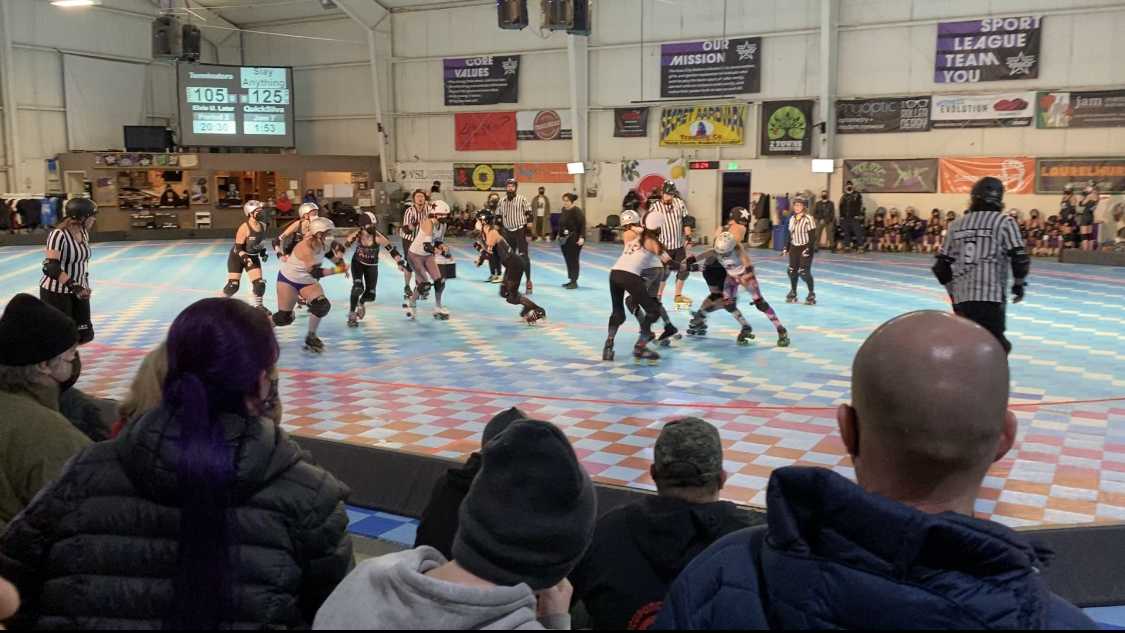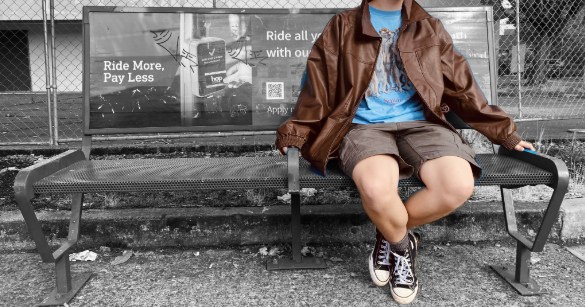Non-profits make up the backbone of our communities. They provide food and shelter, and serve as vital outlets for expression and activity. Unfortunately, providing these services costs money, money that many nonprofits crucially lack: Roughly 30% of all nonprofits dissolve after just 10 years, according to the National Center for Charitable Statistics.
To understand how nonprofits get funding, first we must understand why they need funding. Andrè Middleton is the Executive Director for Friends of Noise, a nonprofit music organization centered on giving youth opportunities in the music scene, particularly within underserved genres of music like hip-hop. Middleton believes that music is a vital form of self-expression: “If young people can express themselves in healthy ways, that hopefully creates an internal dialogue with themselves that is healthy and not repressive,” he says. Middleton also believes that the development of technical skills regarding sound production in youth can serve as an incubator for talent in the music industry. “Friends of Noise is developing a step ladder that is getting more young people, and more diverse people into the music ecosystem,” he argues. But the program does come with significant financial costs. For Friends of Noise, those costs are first and foremost labor, which means paying employees of the organization, like Middleton. Secondly, the organization has to pay the youth they work with. “We think paying young people to perform and run sound is an incentive for their participation,” says Middleton.
Rose City Rollers (RCR), a nonprofit Portland-based roller derby league and the defending Junior Roller Derby National Champions, are another example of the positive effects nonprofits have on our communities. Quara Boch-Rossi, a junior roller derby player and a freshman at Franklin High School, says, “The community is really important to me, I’ve made a lot of friends through derby.” Boch-Rossi has been playing the sport for five years now, and over that time they have clearly noticed times the league has struggled financially, like during the COVID-19 pandemic, when skate time was very limited. RCR, like Friends of Noise, also has very high costs, with RCR founder Kim Stegeman placing the yearly budget at around $1 million. Some of the expenses of this budget include “necessities like rent, utilities, staff, putting on games, having food and drinks for volunteers, paying coaches, having business and communications infrastructure and things of that nature,” according to Stegeman.
So how do nonprofits fund themselves? And what are the drawbacks of the methods they choose? According to Middleton, there are three main ways nonprofits can support themselves.
Firstly, and primarily, there are grants. Grants are large donations often from the government or private foundations that are made to help keep organizations like nonprofits alive, stimulating the economy and benefiting the public. For a nonprofit to get grants, they have to write requests for one to a foundation or agency offering and hope they are accepted. As Middleton describes, grants are an extremely lucrative way of getting funding: “Right now, grant funding is the most profitable in the ratio of return on investment.” Middleton elaborates, saying: “If it takes me five hours to write a grant and that grant might get me $50,000, then that’s basically $10,000 an hour.” Grants are, in fact, so potentially lucrative that a very realistic goal for RCR is to receive $200,000 from grants this year alone. “This year we will be applying for another $300,000 in grants, when you apply for grants you hope that you would typically get 25 to 50% of what you apply for. So we are really trying for $200,000 in grant income this year. Fingers are crossed,” says Stegeman.
Unfortunately, grants are extremely competitive, and each nonprofit is locked in eternal competition with another. However, competition is an expected occurrence. It’s something as a nonprofit that they can plan for. Something they can’t plan for, however, is the human element, “because there is usually a panel of people making that decision. It’s not just based upon the merit, importance or value of the proposal, but also the bias, the thought process, or the mental state of the people reading the application,” points out Middleton. This human element has different effects for different organizations, as organizations with more positive missions typically have a better chance of getting grants than ones with heavier subject matter, like sex trafficking prevention, according to Middleton. One common issue is that grants are rarely a stable source of funding, as Stegeman puts it: “I think that most nonprofits this year, in particular, are really nervous because we don’t know what the grant scenario is going to look like,” he says.
Secondly, there are individual donors. Unlike grants, individual donors are less complicated: they are, as the name suggests, just individual people giving organizations money. It could come from a tip jar at an event, or on an organization’s website, a fundraiser where people donate to the cause, maybe a fundraising gala. However, individual donations create similar funding issues to grants, despite the simpler system, as Stegeman puts it: “[It’s] great when [funding] comes in in the form of grants and donations, but it’s hard to plan because you don’t know if you’ll get those grants and donations year to year,” he says.
Thirdly, there is earned income. This avenue of funding mirrors what you would see from a for-profit business. A nonprofit has a service, people pay for it, and they earn income off of that. For example, when it comes to RCR, Stegman reports that their earned income consists of “ticket sales, Skatemobile events, private hangar events, and camps.” For Friends of Noise, earned income consists of ticket revenue for their youth concerts, and services such as their sound squad service, which for example, “provides a DJ, sound system, and lights for local high school proms, and we charge 500-800 bucks,” according to Middleton. The main downside of earned income is that the revenue earned is typically far less than that of grants, and while it can be reliable, it’s not enough money to keep many nonprofits afloat.
In recent years, the struggle for fundraising has only grown. The grant landscape looks much different than it did during the COVID-19 pandemic. “During the pandemic there was a lot of money from the government, local and federal, to support arts organizations because they knew people could not go to concerts anymore,” says Middleton. Unfortunately, now that that phase of community support seems to be potentially waning, organizations are left to rebuild from the pandemic in an extremely unknown environment. “We won’t know about summer grant funding from traditional foundations and from state bills probably until May or June to fund our summer programs which as you can imagine it’s pretty nerve-racking,” says Stegeman.
These issues have perpetually stunted the missions of hundreds of thousands of nonprofits around the world, with around a third of a 300,000-organization sample reporting financial jeopardy in the past couple of years since the pandemic began, according to Candid and the Center for Disaster Philanthropy. For example, according to Boch-Rossi, this year RCR has had to cut back on crucial player scholarship money. Still, mental health issues continue to rise, as shown by a 31% jump in mental health-related visits to the emergency room among adolescents ages 12 to 17, according to the CDC, and nonprofits can provide support and expression for people around the world, and they are as important as ever.


































